Ballet
Alexey Brodovitch
Although known primarily as a mentor and patron of photographers, due in large part to his position as art director and graphic designer at Harper’s Bazaar, Alexey Brodovitch (1898 – 1971) also made a legendary photobook of his own, Ballet, published in 1945.
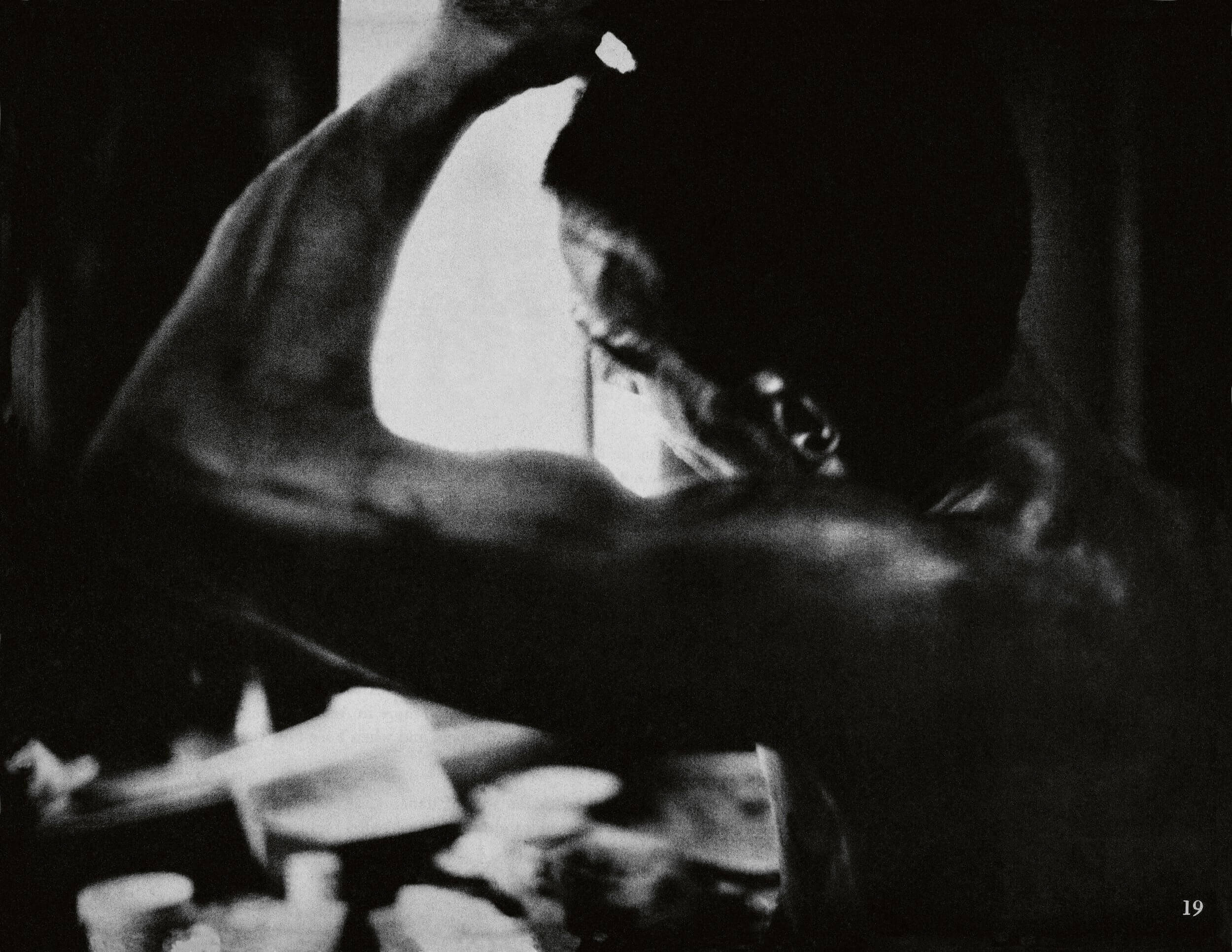
Alexey Brodovitch was born in Ogolichi. A city in the Russian Empire, now Belarus. He went to Sint Petersburg with the intentions to study art. At the start of World War I he abandoned his dream to study art and joined the Russian army. During the Russian Civil war he served with the White Army fighting against the Bolsheviks. Eventually, the family Brodovitch emigrated to Paris, France. There he became one of the most respected designers of commercial art.
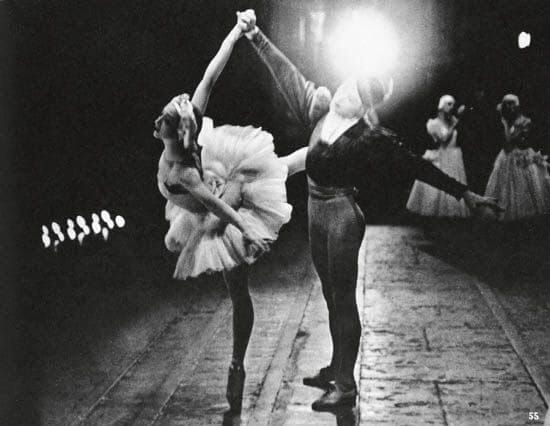
He moved to Philadelphia in 1930 where he was offered a job to teach advertising design at the University of the Arts. In 1934 he became art director at Harper’s Bazaar where he remained for 24 years. There he got the chance to introduce the work of many artists and photographers to the American audience. In 1971 he died at the age of 73 in the south of France.
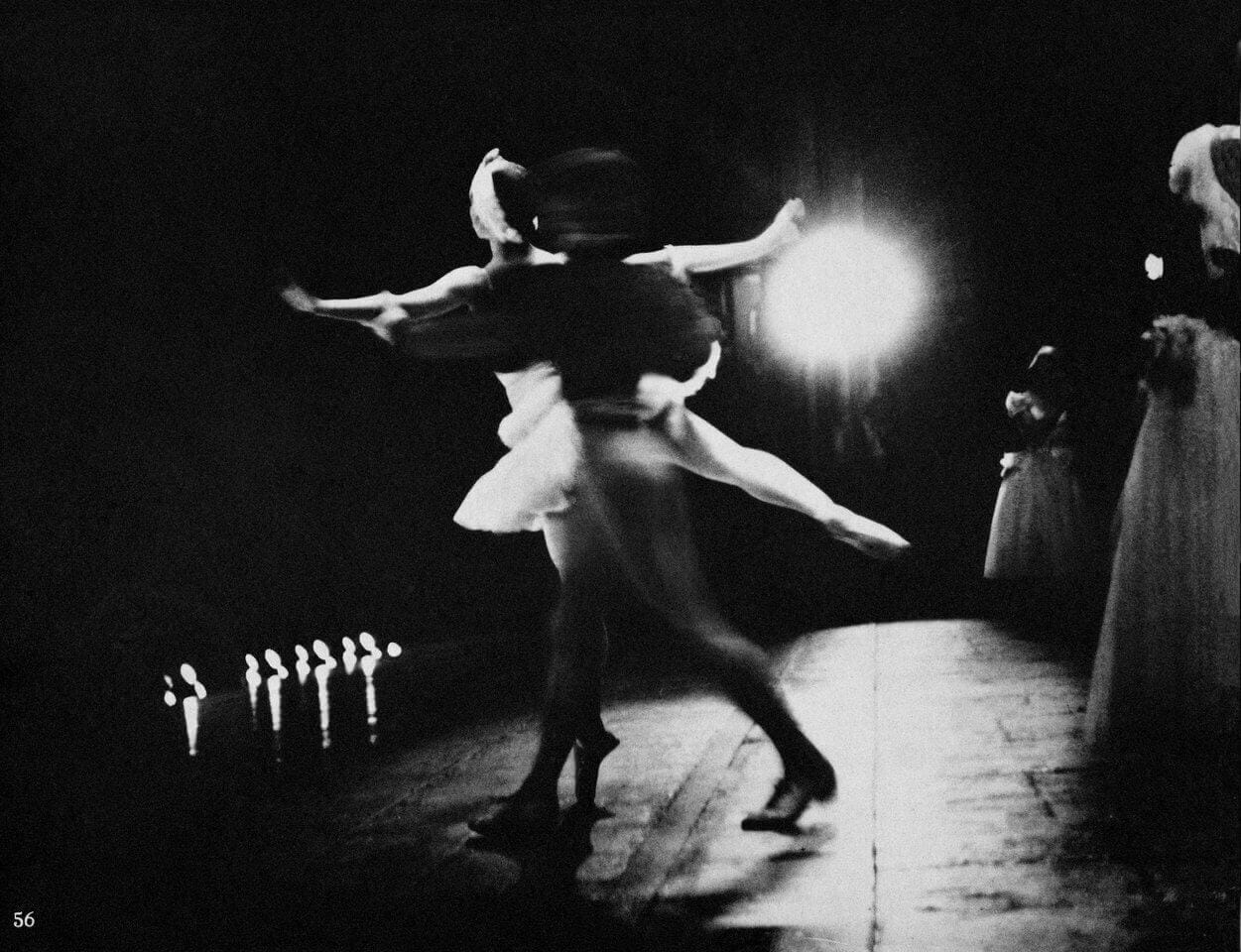
Between 1935 and 1939 Brodovitch photographed ballet companies visiting New York, including the Ballets Russes de Monte Carlo, with whom he worked in Paris during the 1920s. The style in which Brodovitch photographed deviated from the sharp, straight photography popular at the time. Brodovitch shot the photographs during both rehearsals and performances, by available light, hand-held, and using shutter speeds as slow as a fifth of a second or more. This resulted in blurred images of the moving dancers in high-contrast, grainy negatives exhibiting burnt-out areas of flare from the stage lighting. These pictures totally violated the accepted conventions of good photographic technique.

Brodovitch released a book of these photographs in 1945, titled simply Ballet. Far from mitigating the technical shortcomings, Brodovitch deliberately exaggerated them. He printed on high-contrast paper, bleached areas to create more contrast, and enlarged tiny portions of the negative to increase grain. Brodovitch’s layout was as radical as his pictures. He divided the book into eleven segments, each corresponding to a ballet. Every section was laid out in a continuous strip, each image bled across its own page. This gives the book a vibrancy and a fluidity that perfectly captures the motion of dance and the atmosphere on stage.

Ballet is the sole photographic work of Alexey Brodovitch. It has become a photobook legend for two reasons. Firstly, only 500 copies were printed. The books were not distributed by the publisher but by Brodovitch himself. Often in the form of a gift. A fire in Brodovitch’s house destroyed a large part of the stock. So the book is more talked about than actually seen. Secondly, the volume was extremely radical, both in terms of the images themselves and their incorporation into the design and layout.
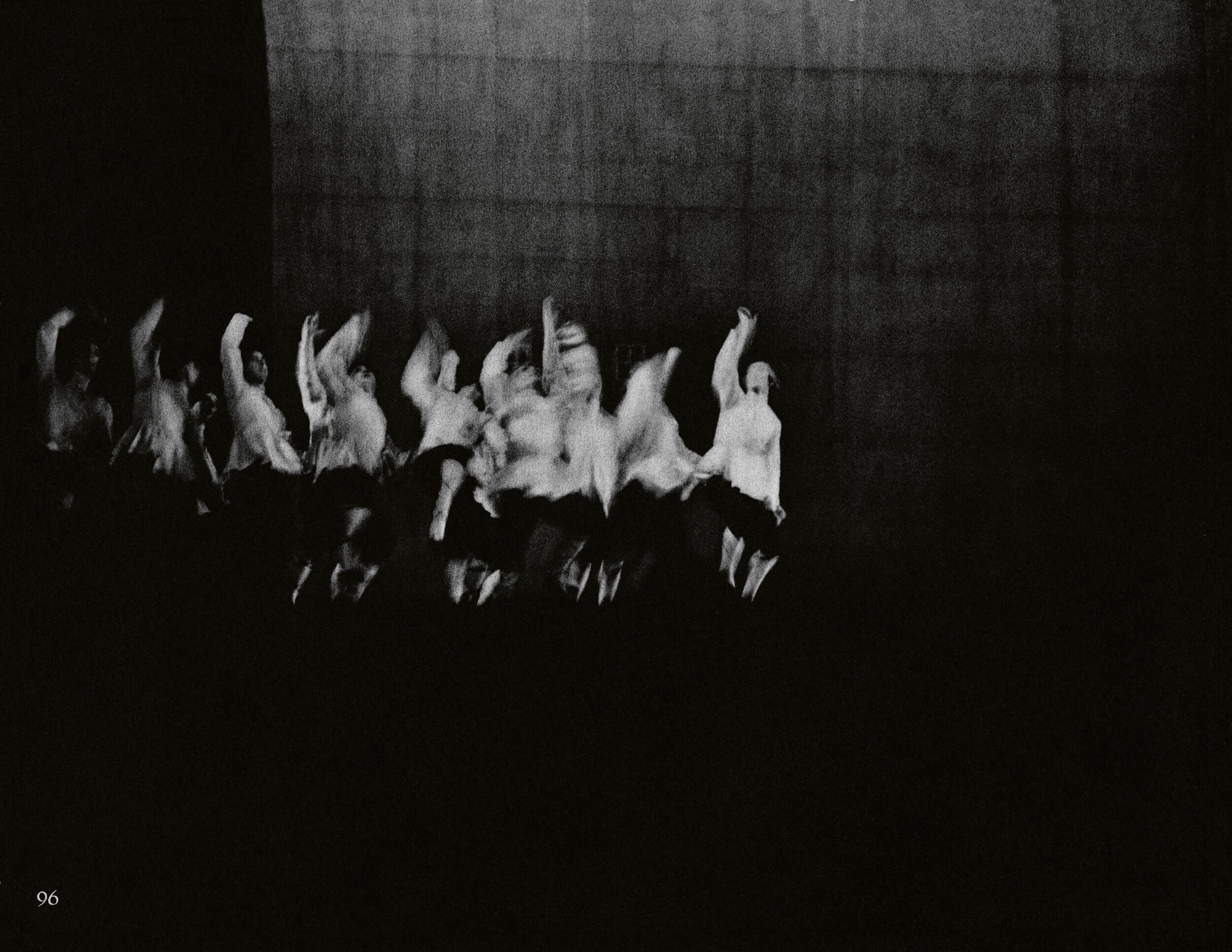
In Ballet Alexey Brodovitch encapsulated the true essence of ballet. It is one of the most succesful attempts at suggesting motion in photography. On the eve of the 80th anniversary of the publication of Ballet, publisher Little Steidl brings Brodovitch’s masterpiece back to life.
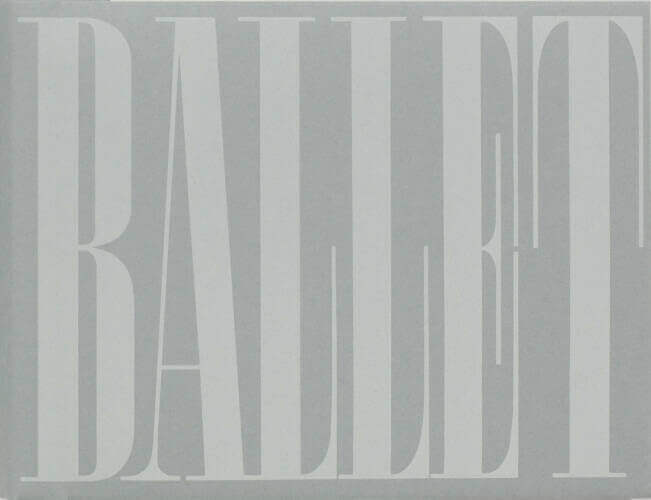
Ballet
Photographer: Alexey Brodovitch
First published in 1945, reissued in 2024 by Little Steidl
Hardcover with a stitched book block, exposed coverboards, and a buckram-covered spine, French-wrap dust jacket, 28,3 x 21,6 cm, 144 pages, 104 b&w photographs
Text by Edwin Denby
Considered as one of the greatest photobooks of all time by Source Magazine
Mentioned in The Photobook: A History. Volume 1. Edited by Martin Parr and Gerry Badger
